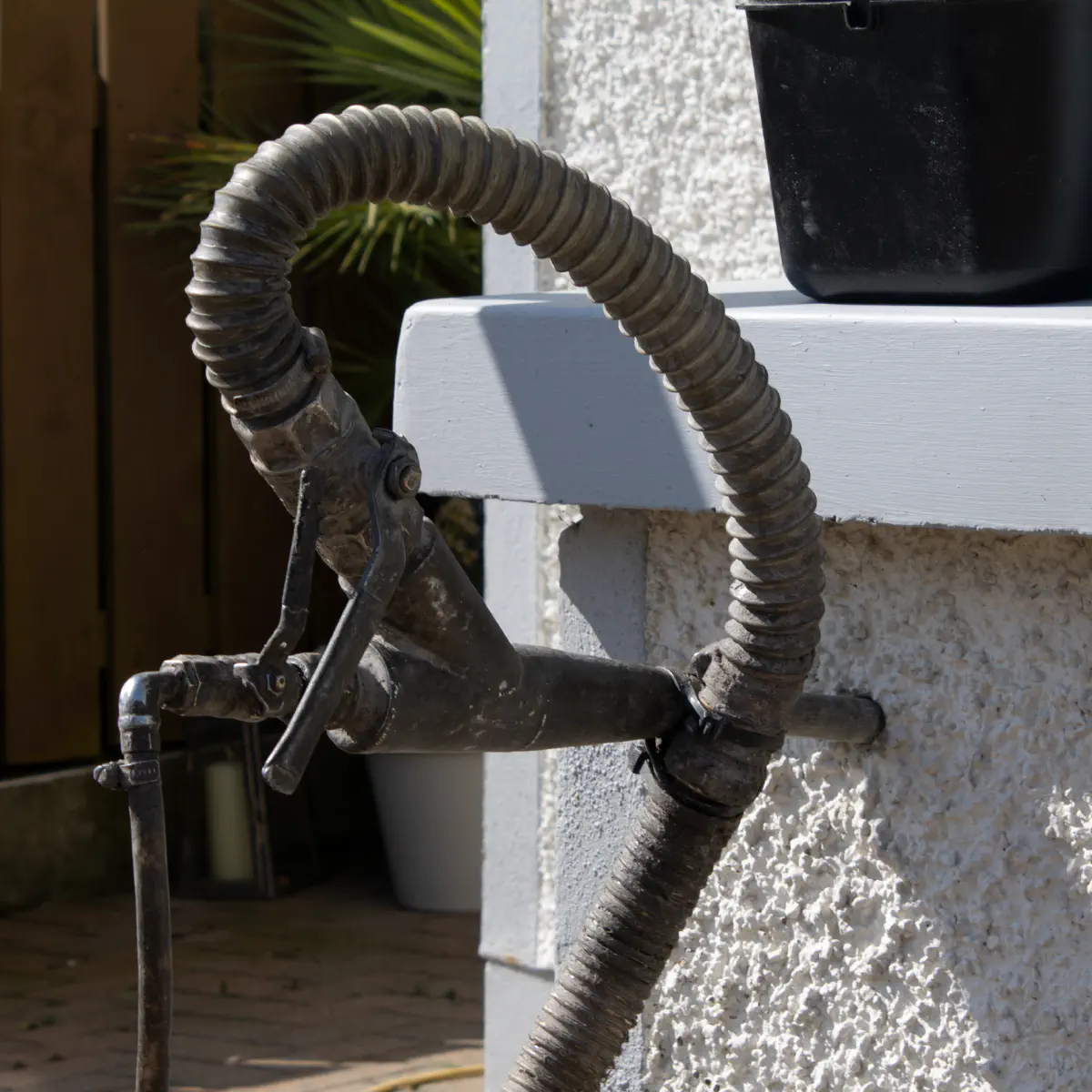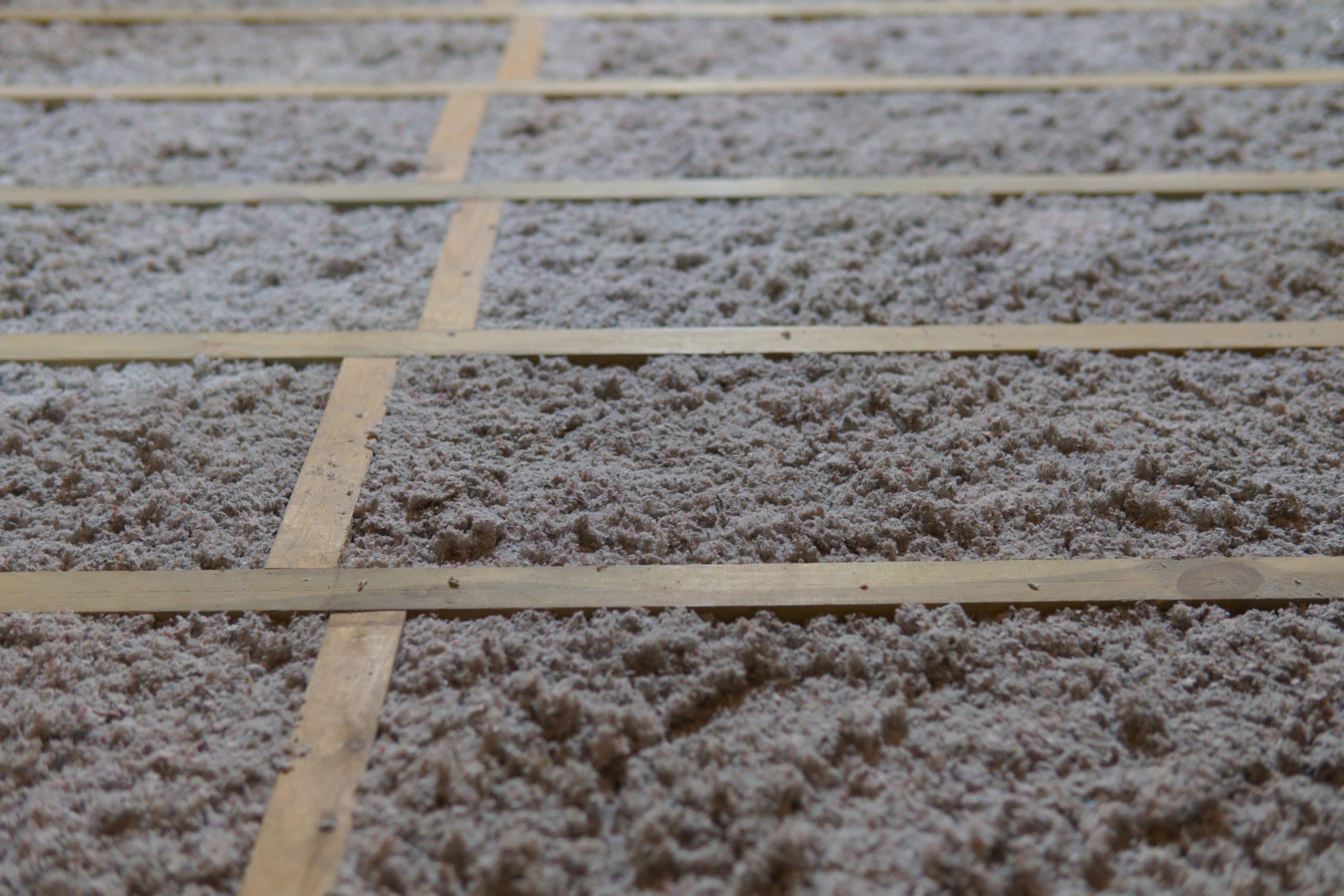Houses built between the 1920s and the late 1980s quite likely have some cavity walls — either across the entire walls or part of them. When a cavity wall is present in a property of this age, it’s likely that little or no insulation was added originally, which leaves a gap (cavity) in insulation.
What is a Cavity Wall?
A cavity wall consists of two separate walls built approximately 100 mm apart. Each wall could be built with blocks or bricks and is sometimes referred to as a skin.
In older properties, the cavity was often only partially filled with insulating material, if at all.
Pre- and Post-1990: What’s the Difference?
The age of your home makes a big difference to what’s inside your cavity:
-
Homes built before around 1990:
Typically have no cavity insulation at all, or just a very thin partial fill (often rigid foam boards fixed to the inner leaf). In these cases, the cavity can usually be pumped full with insulation to bring it up to modern standards. -
Homes built from the 1990s onwards:
Building regulations required better insulation, so cavities were filled during construction, usually with full-fill mineral wool batts or foam boards. If your cavity is already fully filled with bonded insulation, it can’t normally be pumped again — it wouldn’t help and might even cause problems.
How is Cavity Wall Insulation Installed?
Cavity wall insulation typically involves injecting insulating material — such as polystyrene beads — into the cavity space through small drilled holes in the external walls.
Once the cavity is filled, these holes are made good so they blend in with the existing brickwork or render.
Important Tip: Before Adding External Wall Insulation (EWI)
If you’re planning to add external wall insulation — for example, as part of a retrofit to improve thermal performance — it’s essential to make sure the cavity walls are already insulated first.


